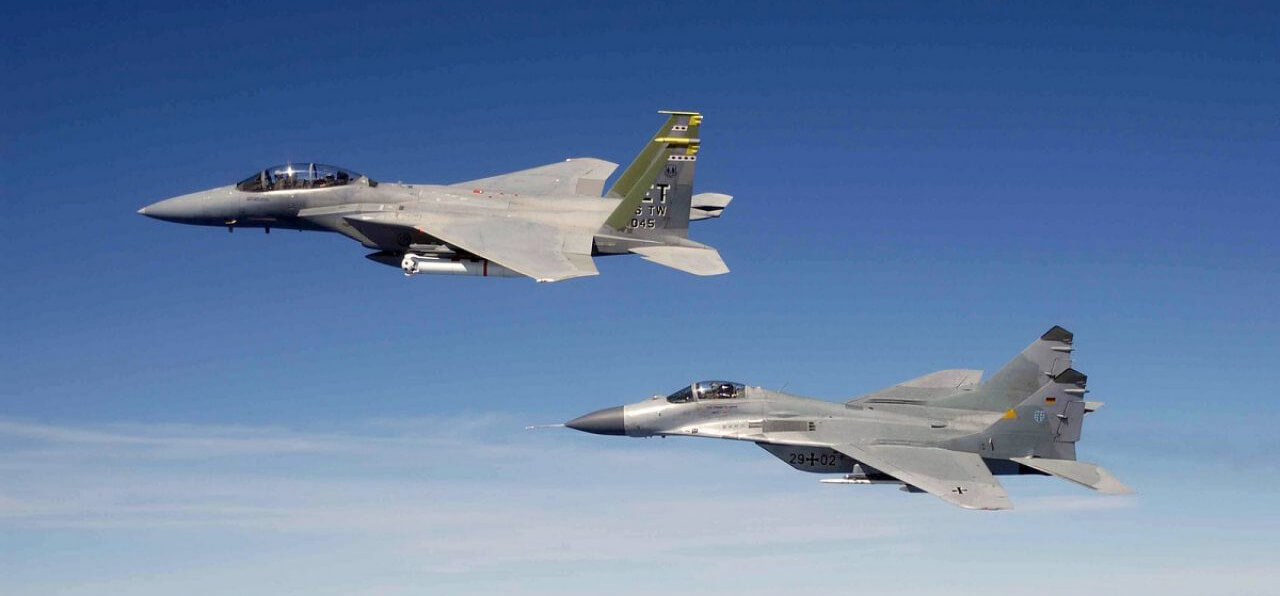
Speed has always been a crucial factor in military aviation. The ability to achieve and maintain high speeds allows jets to outmaneuver threats, conduct rapid reconnaissance missions, and effectively intercept enemy aircraft. Each of the jets listed below has contributed to this legacy in its own way and is a contender for the title of the fastest plane in the world.
Technological Advances
The technological advances that enable these jets to reach such high speeds include significant innovations in propulsion, aerodynamics, and materials science. For example, the engines and fuselage of the SR-71 Blackbird were developed to withstand the extreme temperatures generated by air friction at high speeds. Similarly, the development of swing-wing designs, as seen in the F-14 Tomcat and the MiG-23, allows for optimal performance in various flight regimes.
As technology continues to advance, the future of high-speed aviation looks promising. Hypersonic flight, defined as speeds over Mach 5, is increasingly becoming the focus of research and development. The fastest plane ever like the NASA X-43 and various military projects aim to push these boundaries further by exploring new materials and propulsion methods to achieve unprecedented speeds.
The fastest jets in the world embody not only the pinnacle of aerospace engineering but also fulfill crucial roles in defense and reconnaissance. As of 2024, the ten fastest jets underscore the advancements and enduring legacy of jet technology, vying for the title of the fastest fighter jet in the world.
Comparison Table of the Fastest Aircraft in the World in 2024
| Rank | Aircraft | Max Speed (Mach) | Max Speed (km/h) | Max Speed (mph) |
|---|---|---|---|---|
| 1 | NASA X-43 | 9.6 | 11,854 | 7,366 |
| 2 | Lockheed SR-71 Blackbird | 3.3 | 3,540 | 2,200 |
| 3 | Mikoyan-Gurevich MiG-25 Foxbat | 2.83 | 3,000 | 1,864 |
| 4 | Mikoyan MiG-31 Foxhound | 2.83 | 3,000 | 1,864 |
| 5 | McDonnell Douglas F-15 Eagle | 2.5 | 2,655 | 1,650 |
| 6 | Sukhoi Su-27 Family | 2.35 | 2,500 | 1,550 |
| 7 | Mikoyan MiG-23 Flogger | 2.35 | 2,499 | 1,553 |
| 8 | Grumman F-14 Tomcat | 2.34 | 2,485 | 1,544 |
| 9 | Mikoyan MiG-29 Fulcrum | 2.3 | 2,450 | 1,519 |
| 10 | Lockheed Martin F-22 Raptor | 2.25 | 2,410 | 1,500 |
Detailed Overview of the Fastest Aircraft
NASA X-43
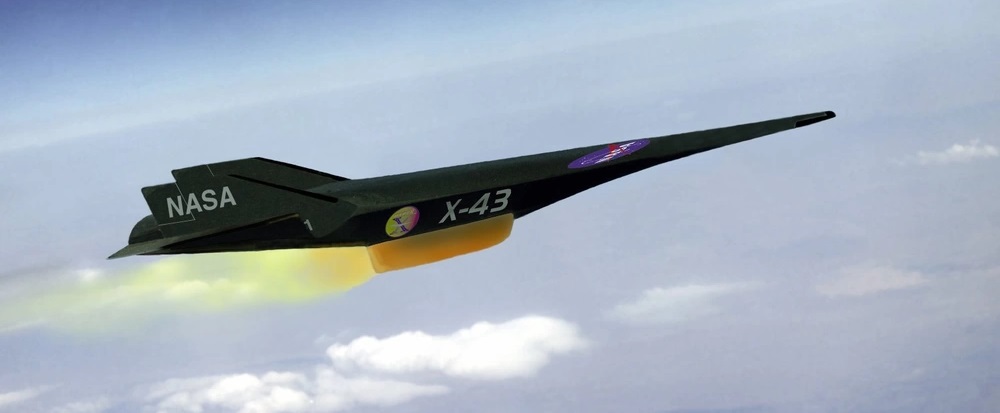
The NASA X-43 holds the record as the fastest jet in the world, a remarkable achievement in the field of aerospace engineering. This experimental unmanned aircraft has achieved unprecedented speeds of Mach 9.6 (about 11,854 km/h or 7,366 mph), far outpacing any other jet. Developed under NASA’s Hyper-X program, the X-43 was designed to demonstrate the feasibility of air-breathing hypersonic flight. Its scramjet engine plays a crucial role in its performance, allowing the aircraft to reach its incredible speeds by compressing incoming air, mixing it with onboard fuel, igniting the mixture, and expelling it at hypersonic velocities. This groundbreaking propulsion technology eliminates the need for traditional moving parts found in conventional jet engines, reducing weight and increasing efficiency.
The success of the X-43 represents a significant advancement in aerospace propulsion, with potential applications in both civilian and military aviation. In the civilian sector, hypersonic flight could revolutionize air travel, drastically reducing flight times around the globe. For military applications, hypersonic aircraft could offer rapid response capabilities, enhanced reconnaissance, and the ability to strike targets with unprecedented speed. The X-43’s achievements have paved the way for future research into hypersonic flight, informing the development of next-generation aerospace vehicles. As a result, the X-43 stands as a testament to the potential of hypersonic technology and sets the stage for future innovations in high-speed flight.
Lockheed SR-71 Blackbird
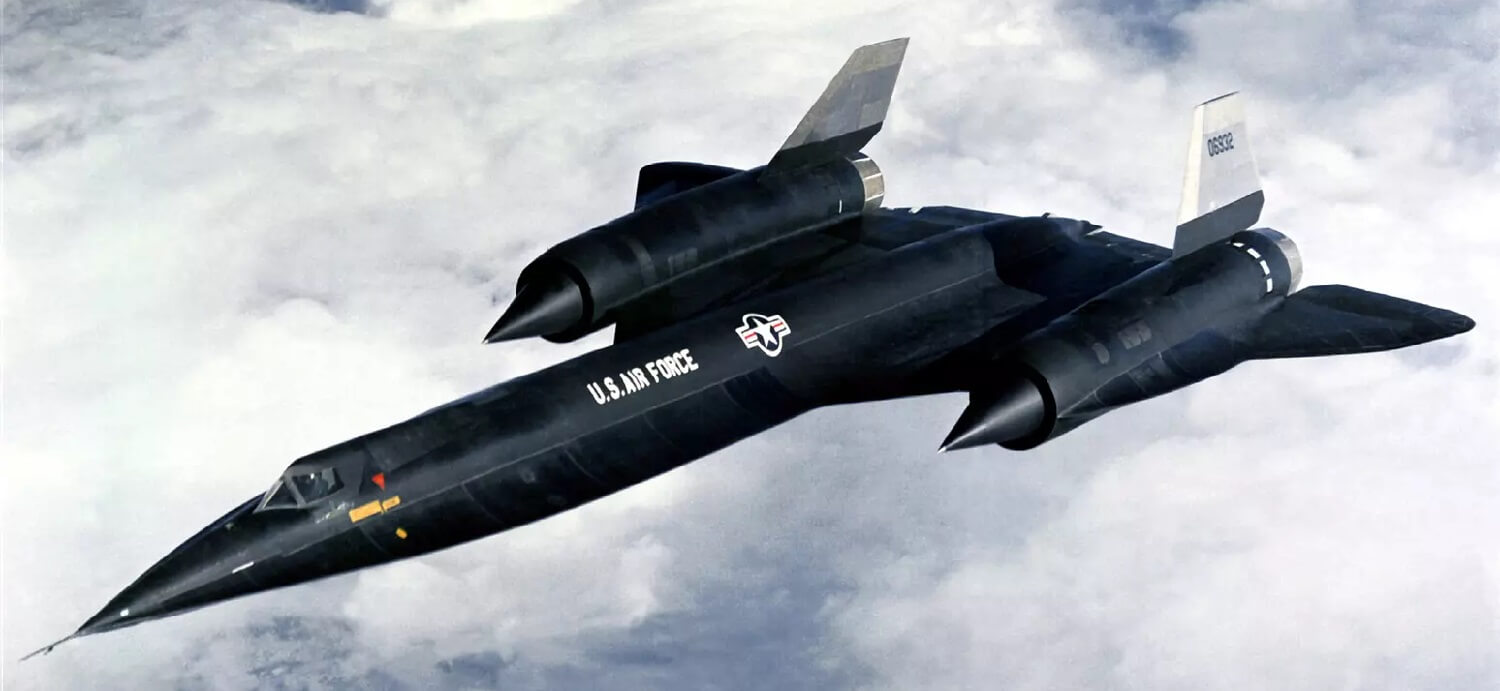
The SR-71 Blackbird, a product of the Cold War era, remains an iconic symbol of speed and stealth, renowned for its impressive reconnaissance capabilities. Developed by Lockheed Martin’s Skunk Works division, the SR-71 was designed to operate at speeds of Mach 3.3 (about 3,540 km/h or 2,200 mph), making it one of the fastest aircraft ever built, though three times slower than the world’s fastest plane. Its distinctive, sleek shape was optimized to minimize radar cross-section, enhancing its stealth capabilities and making it nearly impossible to intercept. The aircraft’s body was constructed primarily from titanium, a material chosen for its ability to withstand the extreme temperatures generated by air friction at such high velocities.
Technologically, the SR-71 was a marvel of its time. It featured advanced sensors and cameras capable of capturing detailed intelligence over vast areas of enemy territory. The Blackbird’s reconnaissance systems included side-looking airborne radar, infrared sensors, and sophisticated electronic countermeasures to evade enemy defenses. The aircraft’s Pratt & Whitney J58 engines were another standout feature, capable of transitioning from turbojet to ramjet operation, thereby maintaining high efficiency at supersonic speeds. Despite being retired in 1999, the SR-71’s legacy continues to influence modern aviation technology, with many of its innovations still relevant in contemporary aerospace design and reconnaissance missions.
Mikoyan-Gurevich MiG-25 Foxbat
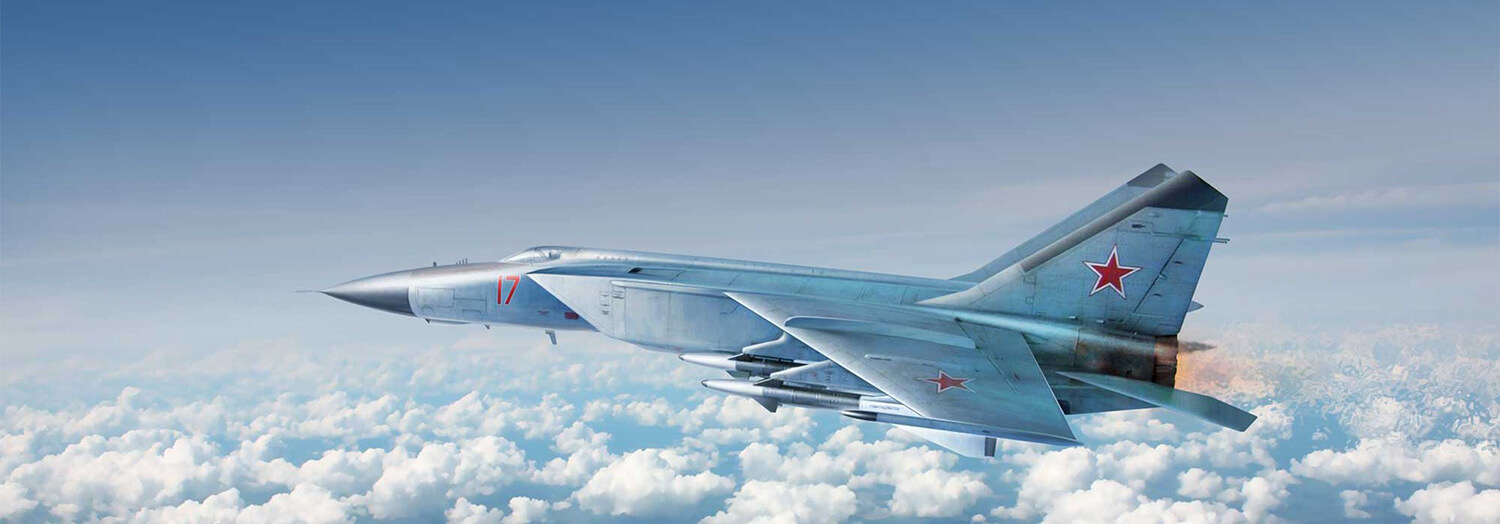
Known for its outstanding acceleration and high-altitude capabilities, the Soviet Union built MiG-25 Foxbat is among the fastest fighter jets in the world. Designed to intercept fast threats like the SR-71 Blackbird, the MiG-25 can attain amazing Mach 2.83 speeds—roughly 3,000km/h or 1,864 mph. The strong twin Tumansky R-15B-300 turbojet engines, which provide the required push to attain such high velocities, are mostly responsible for this performance. Large air intakes and a strong airframe capability of resisting the strains of high-speed flying are additional features of the MiG-25 design.
The powerful radar system of the MiG-25 tracked targets over great distances and ran at high altitudes; the RP-25 Smerch-A1 was similarly competent. Though modest by today’s standards, its avionics package provided necessary technologies for aiming and navigation. Built utilizing nickel-steel alloy, which while heavier than titanium offers durability and heat resistance required for continuous high-speed operations.
Mostly because of its hefty structure and high fuel consumption, the MiG-25 had limitations in agility and range even with its amazing speed. Its capacity to operate at high altitudes and intercept fast-moving targets, however, provided it a great advantage throughout service. As evidence of its robust design and capabilities, the MiG-25 is still in use with several air forces throughout the globe. Its legacy still shapes the evolution of fast interceptors and acts as a landmark in aviation technology history.
Mikoyan MiG-31 Foxhound
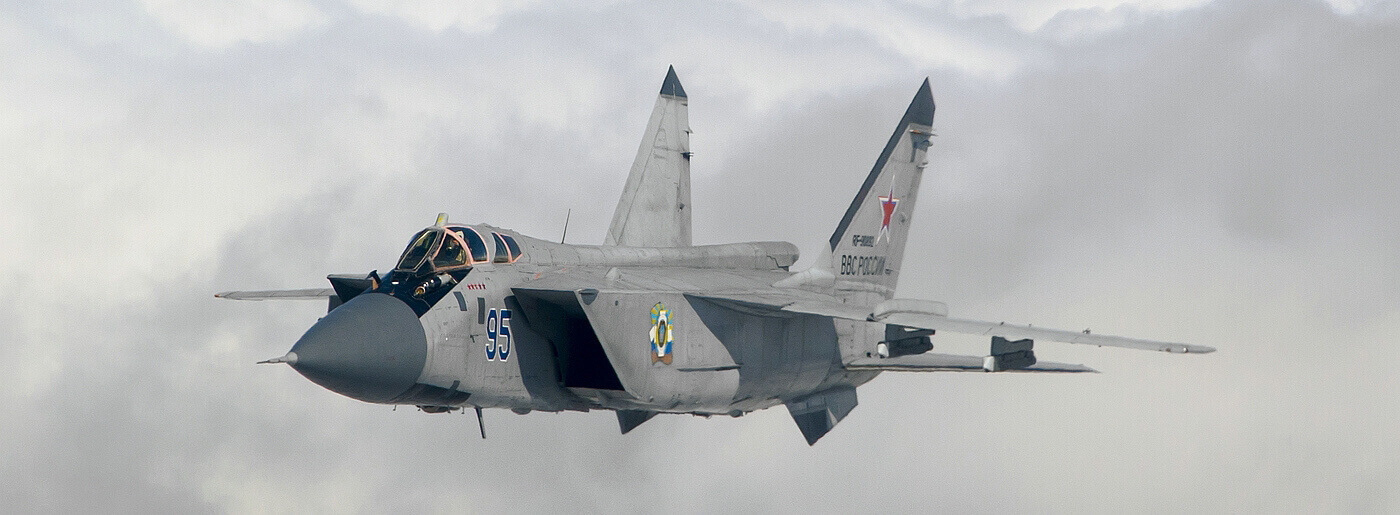
The Mikoyan MiG-31 Foxhound, an advanced evolution of the MiG-25, shares similar top speeds of Mach 2.83 (about 3,000 km/h or 1,864 mph), but features significantly improved avionics and weapon systems. This makes the MiG-31 a highly versatile interceptor, capable of engaging a wide range of aerial threats. The MiG-31’s design allows it to perform effectively at both high and low altitudes, significantly enhancing its role in comprehensive air defense strategies.
The MiG-31 is equipped with the Zaslon S-800 passive electronically scanned array (PESA) radar, one of the first of its kind deployed on a fighter aircraft. This advanced radar system enables the MiG-31 to track up to 10 targets simultaneously and engage up to four, providing a substantial tactical advantage in air combat scenarios. The aircraft is also outfitted with advanced data links, allowing it to share target information with other aircraft and ground stations, enhancing coordinated defense efforts.
McDonnell Douglas F-15 Eagle
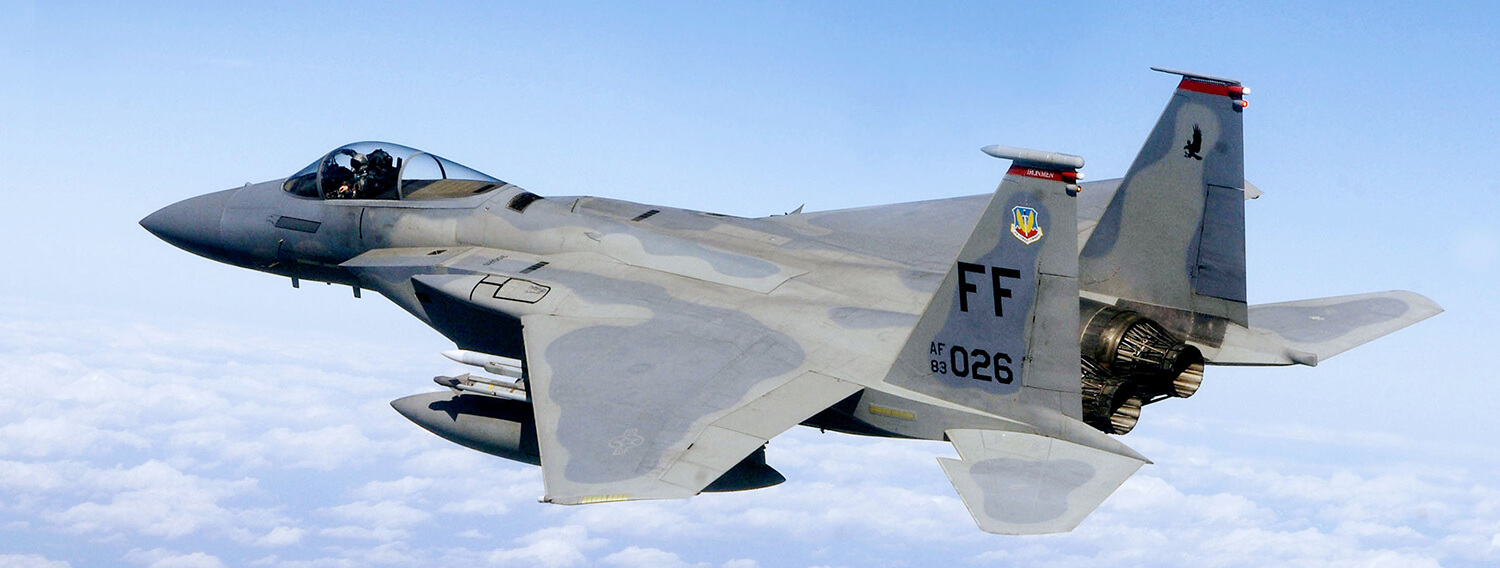
The McDonnell Douglas F-15 Eagle, with a top speed of Mach 2.5 (about 2,655 km/h or 1,650 mph), has been a cornerstone of the US Air Force since the 1970s, even though it is not the fastest military jet. Renowned for its exceptional agility and combat capability, the F-15 remains in production, with the latest variant, the F-15EX, integrating cutting-edge upgrades to sustain its combat superiority. The design of the F-15 includes a large wing area and twin Pratt & Whitney F100 engines, providing it with the thrust-to-weight ratio necessary for high-speed maneuvers and the ability to carry a substantial weapons load.
Technologically, the F-15 is equipped with advanced avionics, including the AN/APG-63 and AN/APG-70 radar systems, which offer superior tracking and targeting capabilities. These radars enable the F-15 to detect, track, and engage multiple targets simultaneously at long ranges. The aircraft also features a digital fly-by-wire control system that enhances its maneuverability and responsiveness, allowing it to outperform adversaries in aerial combat.
The F-15’s armament includes a wide array of air-to-air and air-to-ground missiles, such as the AIM-120 AMRAAM and AIM-9 Sidewinder, as well as a 20mm M61 Vulcan cannon for close-range engagements. Its proven combat performance, marked by numerous air-to-air victories and an unmatched record of zero losses in aerial combat, underscores its effectiveness as a fighter jet. The latest F-15EX variant incorporates advanced avionics, electronic warfare systems, and increased payload capacity, ensuring that the F-15 remains a formidable force in modern aerial warfare.
In addition to its combat capabilities, the F-15 is designed for longevity and versatility, capable of performing a variety of roles, from air superiority missions to ground attack and reconnaissance. Its durability, coupled with continuous upgrades, ensures that the F-15 will continue to serve as a key asset in the US Air Force’s arsenal for years to come.
Sukhoi Su-27 Family
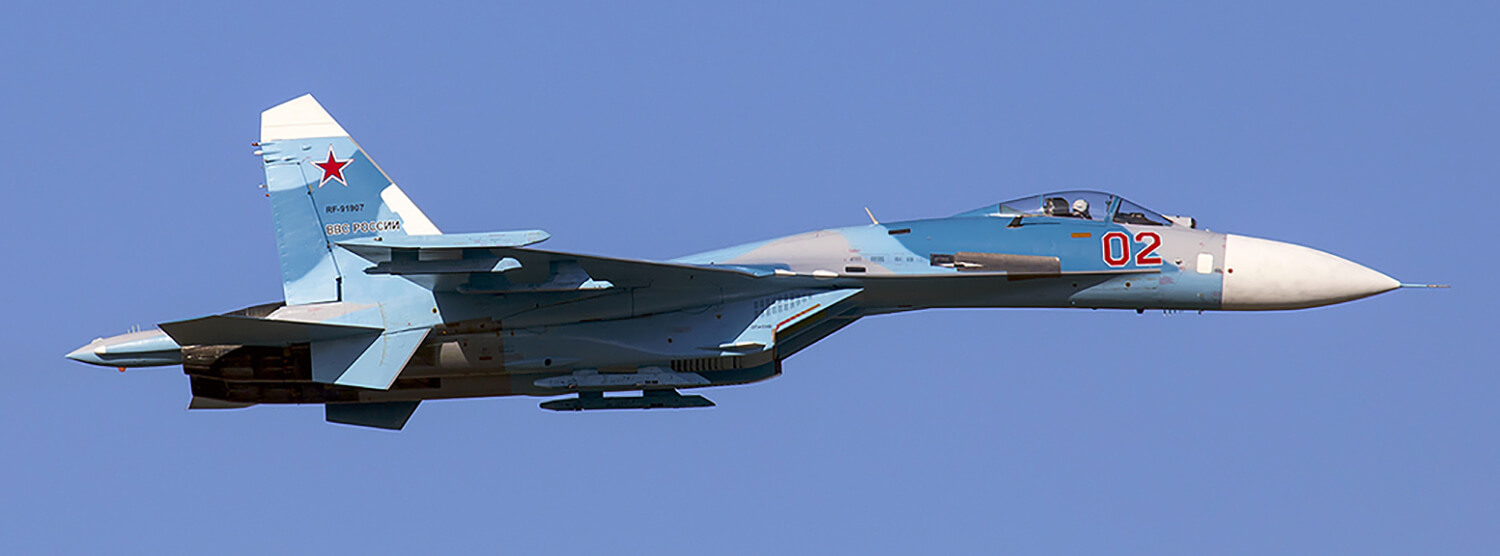
Mach 2.35 (approximately 2,500 km/h or 1,550 mph) is reachable by the Sukhoi Su-27 family, including the Su-30, Su-35, and additional variations. These aircraft satisfy duties from air superiority to ground assault and are well appreciated for their agility and adaptability. They can go at high speeds in large part because to the strong AL-31F engines.
Equipped with radars such as the N001 Myech or Irbis-E, these aircraft can monitor and interact concurrently with many targets. Their very flexible armaments include of air-to-air missiles like as R-73 and R-77 as well as air-to-ground missiles.
Still a major part of the Russian Air Force and other air forces around, the Su-27 family is widely exported. Its efficacy in contemporary aerial combat is guaranteed by its strong design and constant improvements, which include improved avionics and more fuel capacity in later models like as the Su-30 and Su-35. Global air defense plans still heavily rely on the Su-27 family.
Mikoyan MiG-23 Flogger
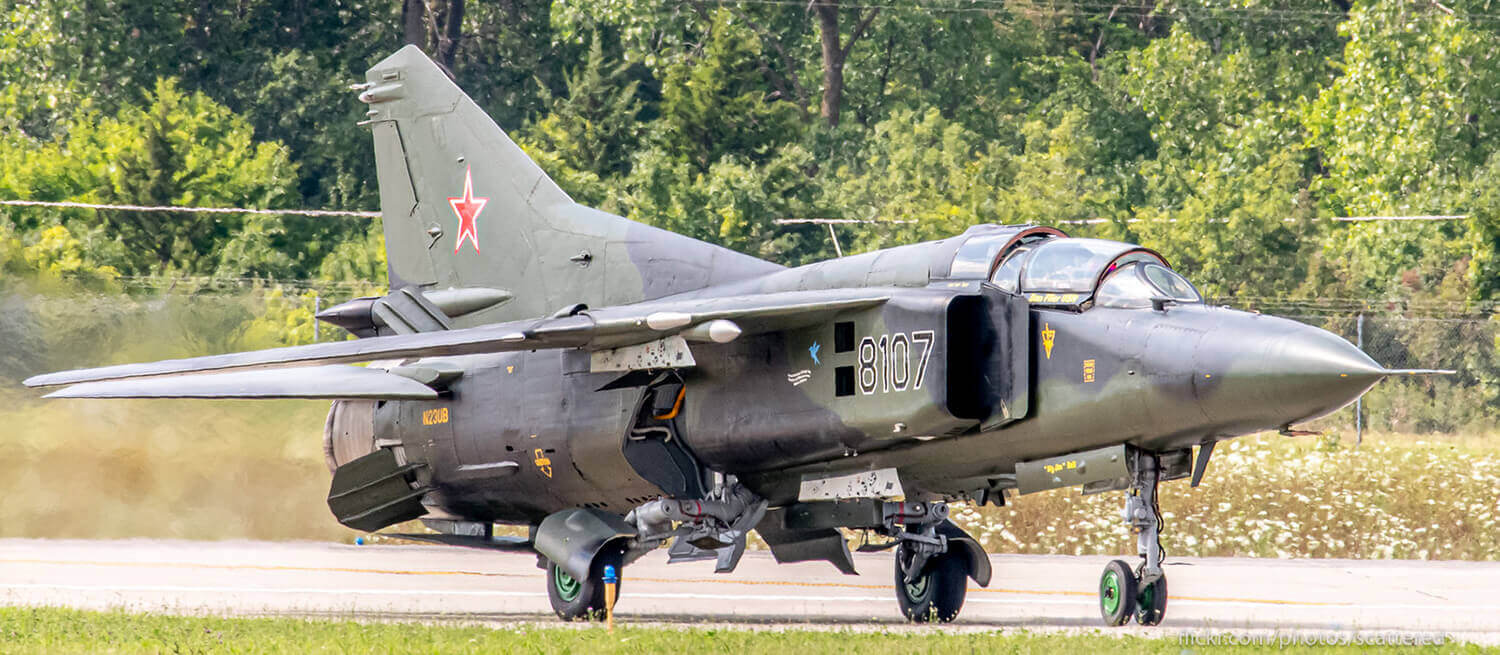
The MiG-23 Flogger, with its distinctive swing-wing design, can reach Mach 2.35 (about 2,499 km/h or 1,553 mph), earning it a place on the fastest jet fighter list. Developed during the Cold War, the MiG-23 was intended for both interception and ground attack missions. Its swing-wing configuration allowed pilots to adjust the wing position for optimal aerodynamic performance, depending on the flight conditions, which significantly enhanced its maneuverability and speed.
Technologically advanced for its time, the MiG-23 featured a powerful Tumansky R-29-300 engine that provided the necessary thrust for high-speed operations. The aircraft was equipped with a sophisticated avionics suite, including a radar system capable of detecting and tracking enemy aircraft, which contributed to its effectiveness in combat. Its armament included a combination of air-to-air missiles, such as the R-23 and R-60, and air-to-ground munitions, making it versatile in various combat roles.
The MiG-23 was widely deployed during the Cold War, serving in numerous air forces across the globe. Despite its age, it continues to be operational in several countries, a testament to its robust design and enduring capabilities. The Flogger’s legacy endures as a symbol of Soviet engineering prowess and its significant role in the air power dynamics of the Cold War era.
Grumman F-14 Tomcat

Renowned for its performance in the US Navy and made most famous by the film “Top Gun,” the F-14 Tomcat can attain Mach 2.34 ( about 2,485km/h or 1,544 mph). Its twin-engine arrangement and variable-sweep wings provide outstanding performance in air-to-combat. Advanced radar systems used in the F-14, including the AWG-9, could detect many targets concurrently and guide long-range AIM-54 Phoenix missiles.
Built for carrier-based missions, the Tomcat’s strong airframe and landing gear helped it to withstand naval aviation’s demands. Its adaptability included ground assault and reconnaissance tasks, therefore making it a useful tool. Showcasing its ongoing capabilities and the long-lasting influence of its design on military aviation history, the F-14 remains in use with the Iranian Air Force even after its retirement from the US Navy.
Mikoyan MiG-29 Fulcrum
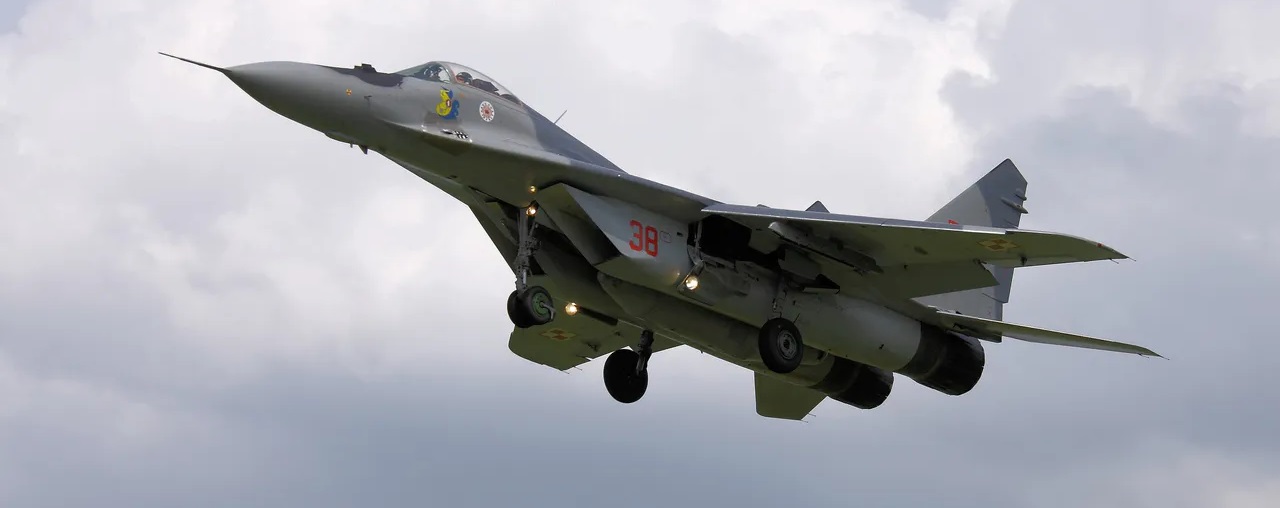
Renowned for its agility, the MiG-29 Fulcrum can reach amazing speeds of Mach 2.3, or around 2,450 km/h. Because of its outstanding flying qualities, this Soviet-era aircraft—which was originally designed to compete with the F-15—has spread throughout several air forces. Its aerodynamic shape stresses nimbleness, which makes it a strong opponent in close quarters battle. Equipped with a powerful electronics package including advanced radar and targeting systems, the Fulcrum has improved combat capability.
Equipped with a 30mm GSh-30-1 gun and a mix of missiles, the MiG-29 can attack ground targets as well as aerial ones. Its durability and simplicity of maintenance have contributed to its ubiquity and longevity. Many military fleets still center the flexible MiG-29, which emphasizes both its adaptability and the ongoing legacy of Soviet engineering in contemporary aerial combat.
Lockheed Martin F-22 Raptor
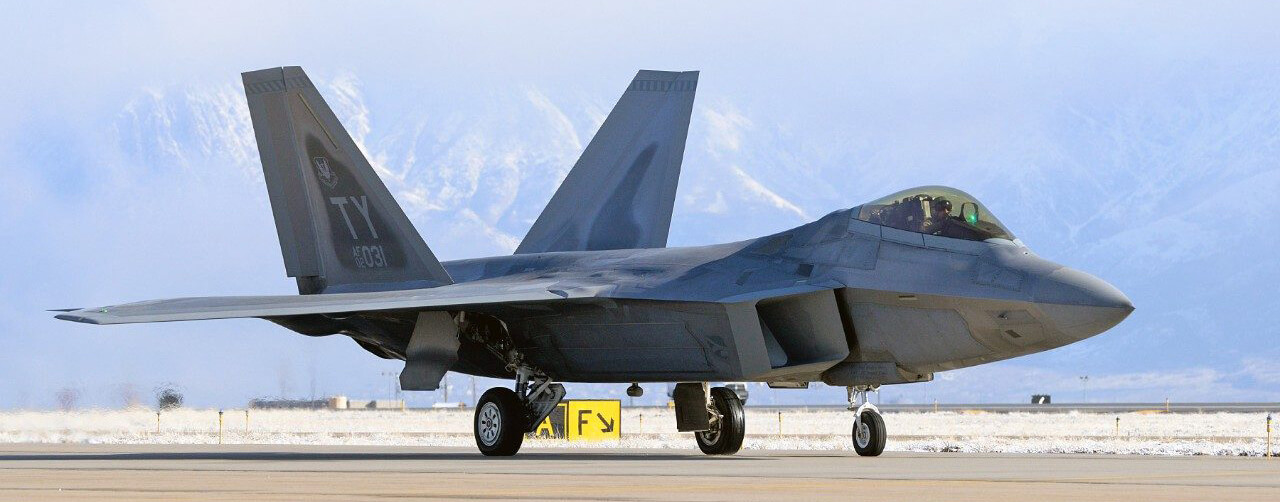
While not the fastest airplane in the world, the Lockheed Martin F-22 Raptor still makes it into our top 10. This fifth-generation stealth fighter is an impressive combination of speed, agility, and cutting-edge technology. Capable of reaching Mach 2.25 (about 2,410 km/h or 1,500 mph), the F-22 is designed for air superiority, excelling in both aerial combat and ground attack missions. Its airframe, built with advanced composite materials, enhances its stealth capabilities by minimizing radar cross-section and infrared signature, making it nearly invisible to enemy radar.
The F-22’s sophisticated AN/APG-77 radar system offers unmatched situational awareness, allowing pilots to track multiple targets at great distances. Its supercruise ability enables sustained supersonic flight without the need for afterburners, conserving fuel and extending mission range. Armed with advanced weaponry, including AIM-120 AMRAAM and AIM-9 Sidewinder missiles, as well as precision-guided munitions, the F-22 can effectively neutralize a variety of threats. Its integrated avionics and sensor fusion provide pilots with real-time battlefield data, ensuring dominance in any engagement. The F-22 Raptor remains a critical asset in modern air combat, reflecting the pinnacle of aerospace engineering and tactical innovation.





